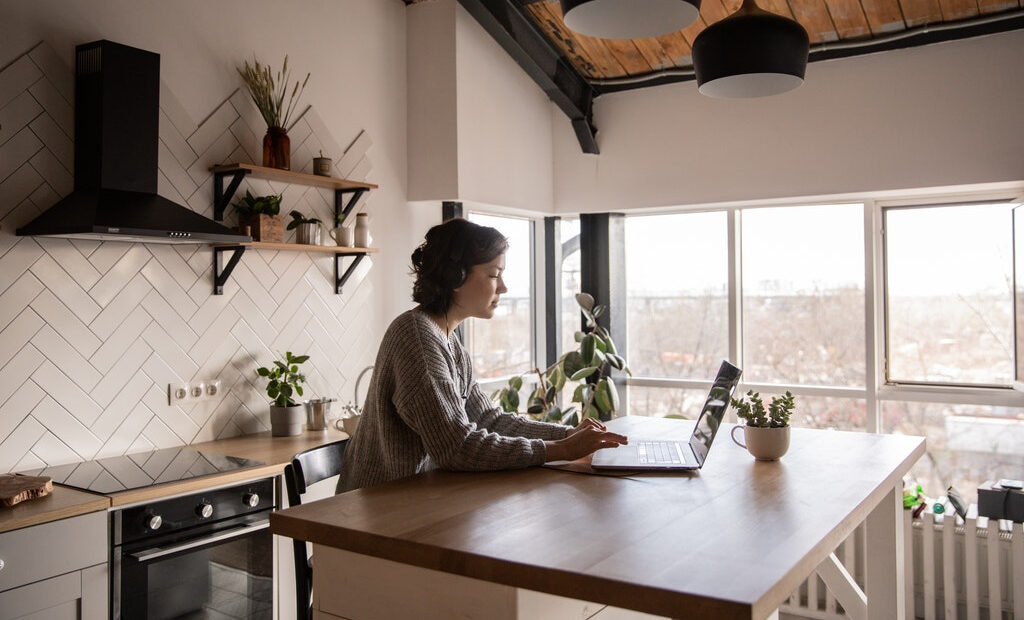Working from home: How to make the most of the developing trend

Since the Covid-19 pandemic hit like a train in early 2020, the world has adapted in so many ways. Apart from mask-wearing, testing and isolating if the virus is caught, we’ve all learned to socialise differently, travel differently and in many cases work differently. Teams all over the world have been scattered to their homes, working remotely but in most cases just as effectively, to keep each other safe. Of course, this has had an impact on the way colleagues communicate, and in many cases it’s been necessary to rethink age-old processes and examine the status quo, but it’s also affected how office workers live. Here’s an idea how.
Maintaining work relationships
It goes without saying that maintaining relationships with friends and colleagues is challenging when it’s necessary to stay in touch remotely. Body language is harder to read, spontaneous conversation is not so easily had, and misunderstandings are rife. When communicating remotely, a necessity develops to be particularly clear about intentions and especially sensitive in communicating them.
Managing work/life balance
Bringing work into the home means there’s a risk of never putting it down – and equally a risk of being less productive while working due to all the distractions available. It’s a very good idea to set definite times for work, and be strict about stopping when it’s over. Emails can be picked up the next day, and as any good boss knows, happy and well rested employees are productive employees!
Working with family and flatmates around
One of the biggest challenges of working from home is the presence of those other little and not so little residents in the home. Children struggle to understand the need to respect the time and peace needed for adults to get any work done – and why should they? And even adult partners and flatmates can make it difficult to maintain focus. There is a range of ways to tackle this issue, including setting clear rules and making sure quality time is spent away from the laptop. In terms of keeping in the zone, noise cancelling headphones can be enormously helpful.
Making a suitable work space
Of course the setting for work from home is an all-important factor. As with the rules discussed earlier, it also represents (in the ideal situation) a boundary: when an employee is in the home office they are working and should only be disturbed if absolutely necessary. Of course, that’s often not possible, with many of us working at the kitchen table or in the bedroom. In this case, it could be an idea to rig up a temporary curtain or use a particular light, switched on or off, to indicate when work is happening.
Mental health
It’s clear from a variety of studies that the impact of the pandemic, reduced socialising, increased isolation and less physical activity has had an impact on mental health. Now more than ever it’s essential to make time for activities that will ensure workers are kept mentally healthy. It’s easy to spend days indoors, hardly moving, when no commute is necessary and the gyms aren’t open. Even a quick walk around the block can offer a change of perspective and get the blood flowing, and there’s no reason not to take a local friend along for the ride.
The editorial unit

























Facebook
Twitter
Instagram
YouTube
RSS